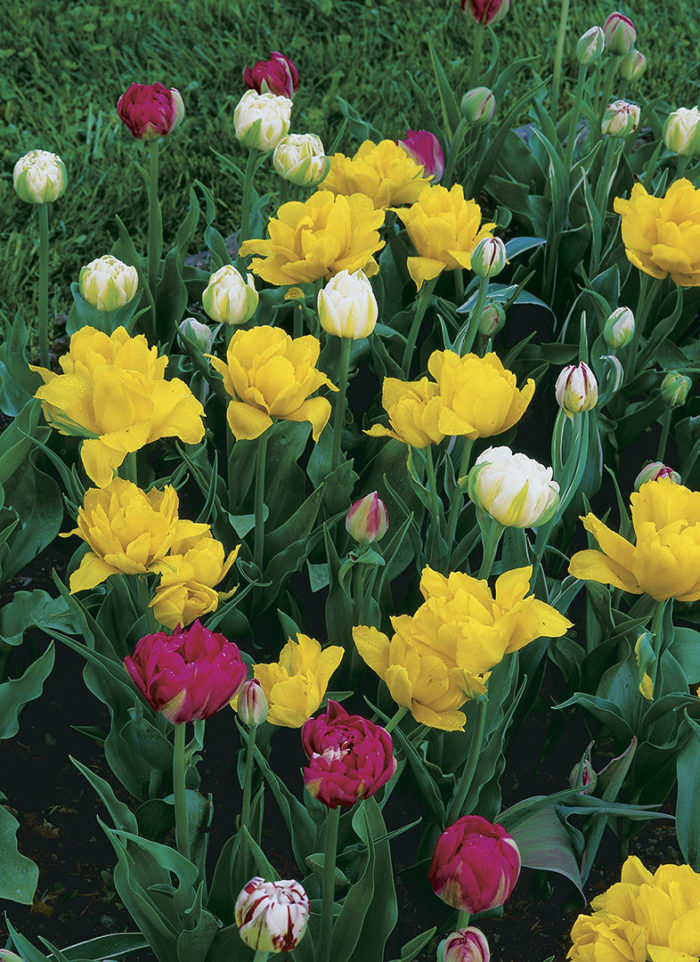
There’s a word for the happy and all-too-rare phenomenon of unexpectedly finding something delightful: serendipity. It applies perfectly to a discovery I made one sunny May morning a few years back. I was on my knees in the garden, reveling in the delight of digging in the loamy earth after a long Vermont winter. As I was puttering around, I noticed a wonderfully subtle, fruity fragrance. Its source was a mystery, but the scent was so enticing I determined to track it down. I finally found it in, of all places, the open bloom of a tulip. I never knew there was any such thing as a sweet-smelling tulip, but the proof was right under my nose. Not only was the flower seductively fragrant, but its peachy-pink color was outstanding and its form simply exquisite. Serendipity indeed.
That’s how I found ‘Apricot Beauty’, my “first” fragrant tulip. That discovery marked the beginning of an ongoing, delightful search that has led me to a score or so of sweetly scented tulips.
A few fragrant favorites
As a gardener by both profession and passion, I plant about 10,000 tulips a year, so I’ve experimented with all kinds of species and hybrids. There are thousands of varieties, with an almost infinite array of colors, but very few are fragrant. Of the 100 or so cultivars I plant each spring, only five or six have any scent at all. Tulips range from the small, hardy species tulips often used in rock gardens, to the tall, majestic Darwin hybrids that are the backbone of the perennial border in spring. But of all the tulip’s wonderful qualities, the most special one, to me, is fragrance. And though there are a few fragrant species tulips, I’ve concentrated on seeking out sweet-smelling hybrids and cultivars.
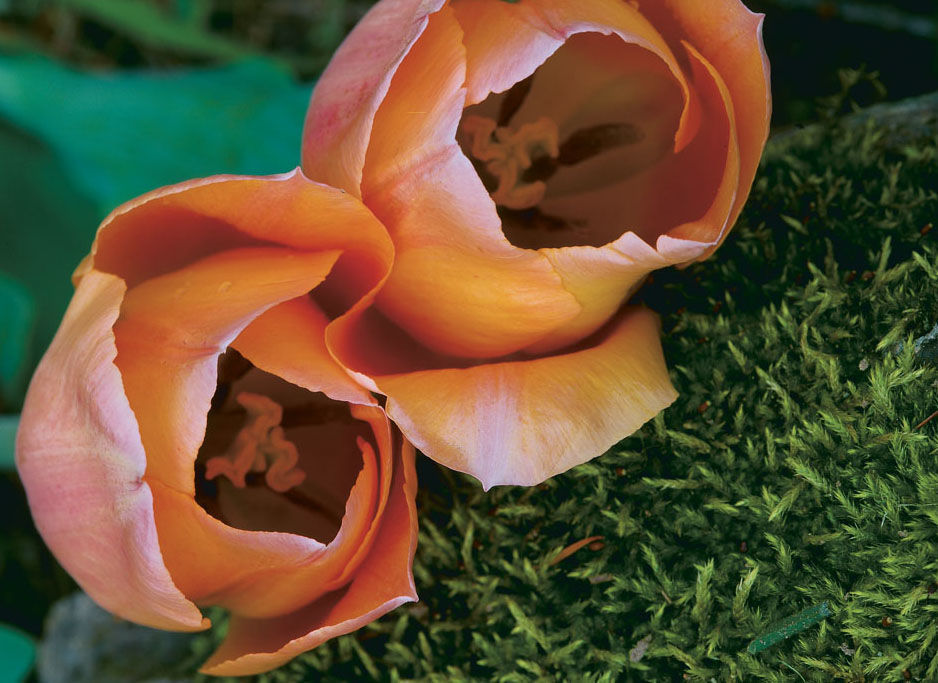
I’ve planted new ‘Apricot Beauty’ bulbs every fall since I first discovered them. This cultivar excels in the garden and makes a superb cut flower. One vase of ‘Apricot Beauty’ will perfume a whole room. For winter blooms, I also pot a few bulbs up every year for indoor forcing.
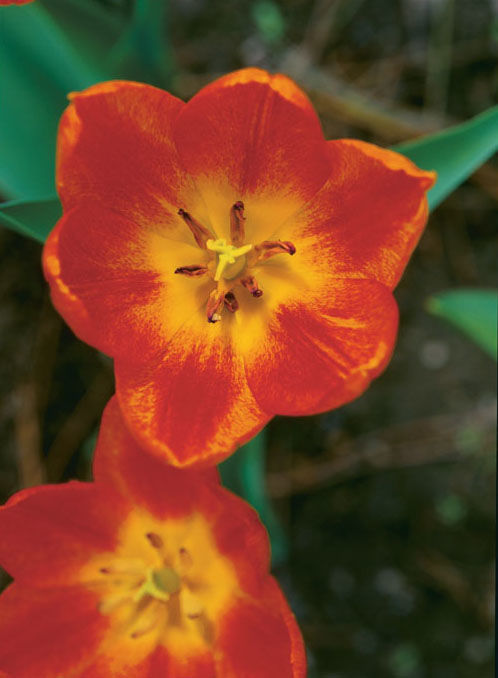
Like ‘Apricot Beauty’, most fragrant tulip cultivars are early-blooming varieties. I guess they are Mother Nature’s way of tempting sleepy bees to wake from winter’s sleep. These early, fragrant tulips include both single- and double-flowered types. Some of my favorite singles include ‘Generaal de Wet’, a wonderful, softly blushed orange tulip; ‘Prinses Irene’ (often sold as ‘Princess Irene’), another sweet-smelling orange flower; and ‘Couleur Cardinal’, a beautiful, dark-red flower with a violet blush and a light, sweet scent.
Some of the early, double-flowered tulips not only are fragrant but also boast flowers as fulsome as any peony. Of these, I like the yellow ‘Mr. van der Hoef’; ‘Electra’, a pinkish-red beauty; and ‘Schoonoord’, a lovely pure white.
I’ve also discovered a few fragrant tulips that appear a little later in the season—a few midseason Darwin hybrid tulips caught my attention this past year, when I discovered two new varieties to add to my list of fragrant favorites. ‘Silverstream’ is a pale, cream color with a fine, sweet scent and leaves edged with pink. ‘Holland’s Glory’ is another standout; it sports huge, orange-red blossoms on strong, 2-foot-tall stems. Darwin hybrids are the tulips that are most likely to return for several years to bloom again in your garden.
Place fragrant tulips near a door
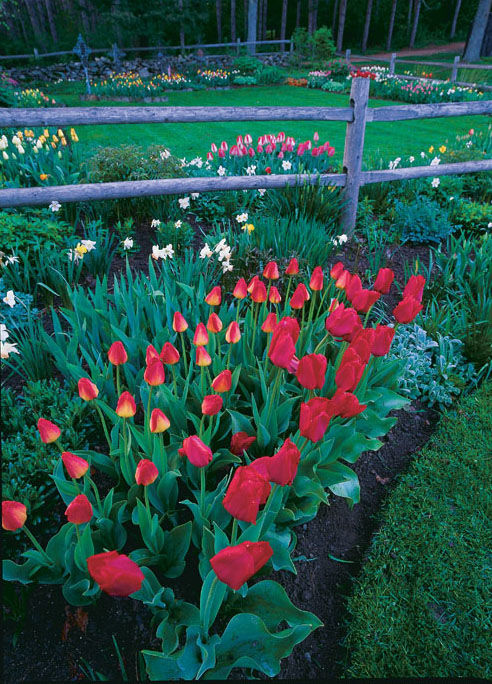
You can use fragrant tulips to advantage indoors and out. I like to plant them near garden benches and along paths so their fragrance can be enjoyed during leisure time in the garden. If you have a planting bed near a window or doorway, you can bring their fragrance inside just by opening the window and allowing the breeze to carry it in. A more obvious way to bring the sweet smells of tulips inside is to cut their flowers and put them in a vase. You can cut a few flowers from your beds, but don’t take so many that you’ll detract from the display. Or if you have enough space, plant a whole bed just for cutting.
A great way to bring fragrant tulips indoors is to force them for winter bloom. Among the most fragrant and easily-forced tulips are ‘Bellona’, a yellow, single early tulip, and, my favorite, ‘Apricot Beauty’. There’s something magical about having a pot of sweet-smelling tulips on the living-room table as you watch the snow falling outside.
Plant deep in well-drained soil
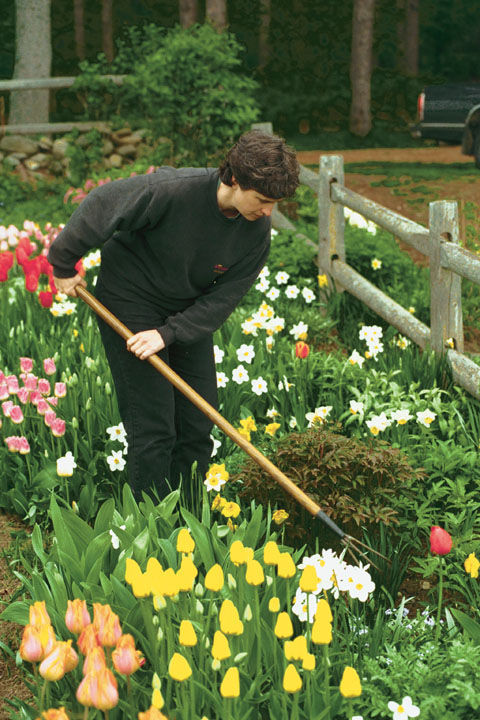
Many hybrids and cultivars are not reliably perennial, so you can’t count on blooms year after year from the same bulb. That’s why lots of gardeners treat tulips like annuals and pull them out of the ground once they’ve finished flowering. They find it easier to plant new bulbs each fall than to watch a planting decline over the years. Some varieties are a little more tenacious. I’ve found Darwin hybrids to be the most reliably perennial—aside from species tulips, most of which aren’t fragrant. With ideal conditions, some Darwins may flower every spring for five or six years. Most hybrid tulips, however, are relatively short-lived no matter what the conditions.
Whatever type you’re planting, a few simple steps will increase the chance of repeat blooms in the years to come. First of all, the cooler and drier the bulbs are in summer, the better they will do. Planting fairly deeply—with at least 8 inches from the soil level to the top of the bulb—will get the bulbs down to cooler soil. Make sure the soil you plant them in is well-drained; tulip bulbs don’t like wet feet.
You can also keep bulbs cool in summer by overplanting them with large-leaved perennials. In sunny areas I use peonies (Paeonia spp.) and columbine meadow rue (Thalictrum aquilegiifolium), and in semi-shade, hostas. A bonus of using large-leaved companions is that their emerging foliage helps hide the withering greenery of the tulips.
Fragrant tulips
Tulipa hybrids and cultivars
- Spring-blooming tulip hybrids and cultivars are perennial bulbs often used as annuals because plantings typically decline after a single season.
- Tulips perform best in four to six hours of sun.
- In fall, plant bulbs up to 9 inches deep in well-drained, moisture-retentive, organically rich soil. Plant shallowly in heavy clay—but not less than 3 inches deep.
- For repeat blooms, plant in well-worked soil, mulch to keep bulbs cool in summer, and provide a fall dressing of fertilizer rich in bone meal.
- Problems include the fungal disease botrytis, and animals such as rodents and deer, which may feed on the bulbs, flowers, or foliage.
In addition to a home in cool, well-drained soil, tulip bulbs benefit from a fall feeding. I spread a fertilizer high in bone meal on the soil after the bulbs have been planted. Then I use a cultivator to work it into the top few inches of soil. Adequate moisture is also important, especially for newly planted bulbs. If you don’t get at least an inch or so of rain within a week of planting, water the bulbs in well. They should have at least an inch of water to give them a good start. Remember, fall-planted bulbs set their roots during the winter and need enough moisture to get well-established; otherwise they won’t give a good display in the spring. A period of cold during winter is essential for tulips. Tulip bulbs require three to four months of cold dormancy, at 45°F or less, in order to flower. In the Deep South, tulip bulbs may need winter refrigeration. They are generally considered hardy to USDA Hardiness Zone 3.
I always think of tulip bulbs as buried treasure, and I look forward to reaping the rewards of their fragrance and flowers at the beginning of the gardening season.
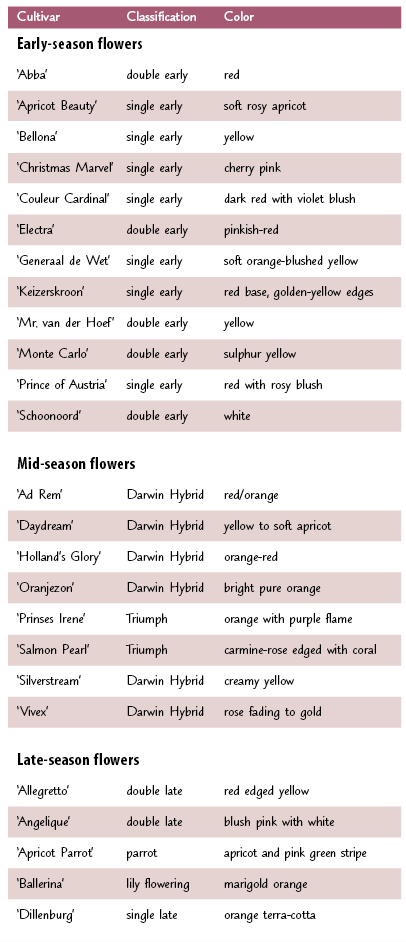

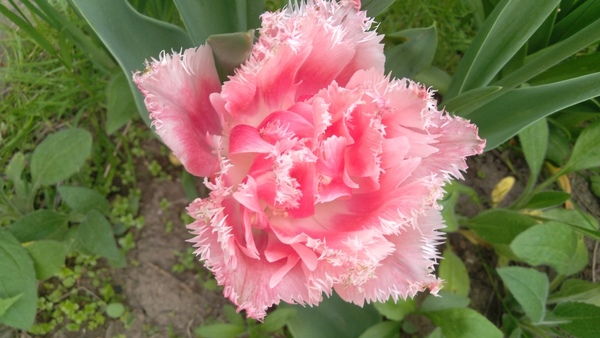
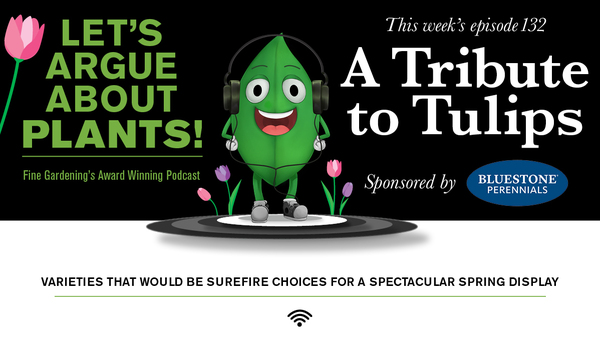
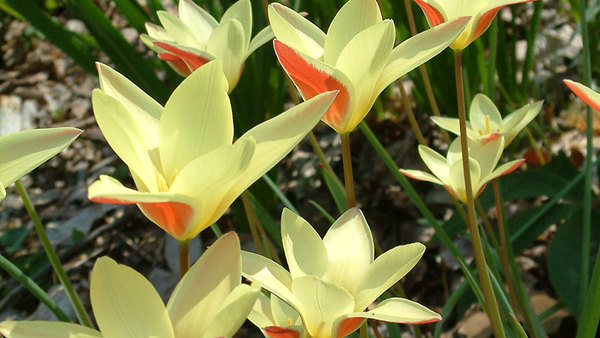

















Comments
The fragrance of tulips made me irresistible, these beautiful flowers are always attractive to me. I want to have these beautiful flowers on the desk or right in my garden hoa dam tang
Log in or create an account to post a comment.
Sign up Log in